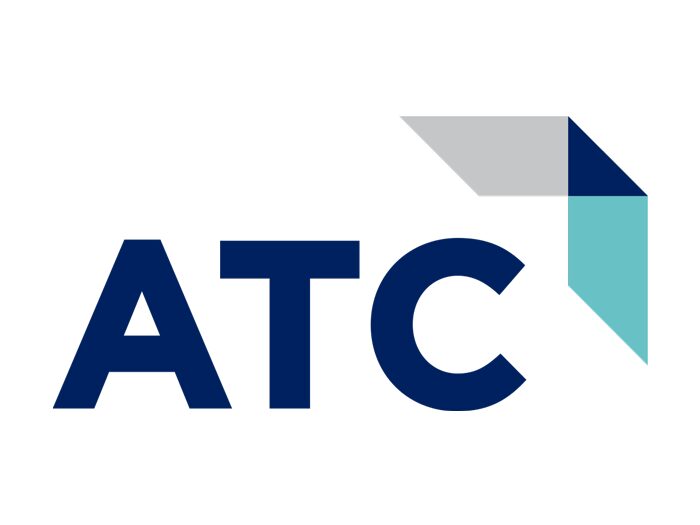
Here’s a riddle for you: What is not a hybrid cloud, but may include hybridization? Hint: With help from technology consultants, you don’t have to figure it all out on your own.
If a hybrid cloud deployment incorporates multiple public clouds, it can be considered a multi-cloud deployment. However, a multi-cloud deployment cannot be called a hybrid cloud. For this reason, the terms are often confused and used interchangeably, even though they actually mean slightly different things. If you’re a business leader who likes options, how do you choose between the two?
A multi-cloud strategy brings choices to an organization. With more options comes the ability to invest in digital transformation without getting locked into a single service or putting down a huge outlay of capital. But is having more options always the best option?
Let’s look at the benefits of multi-cloud vs hybrid cloud computing. Then you can make an informed decision when mapping out your cloud strategy.
What Is Multi-Cloud and How Does It Benefit My Business?
A multi-cloud strategy leverages two or more cloud computing platforms to perform various tasks. Organizations that do not want to depend on a single cloud vendor may choose to use resources from several different providers to get the best benefits from each unique service.
A multi-cloud solution may refer to the combination of software as a service (SaaS), platform as a service (PaaS) and infrastructure as a service (IaaS) models. It may also refer to the use of several private cloud and public cloud solutions.
Benefits of going with a multi-cloud approach include:
- Increased ROI.
- Advanced security.
- Freedom of choice.
- Trustworthy architecture.
The biggest benefit to a multi-cloud approach (and the solution to the previously mentioned riddle) is that it allows business leaders to include the use of a hybrid environment. Essentially, a hybrid cloud refers to a pairing of a private cloud and public cloud. Organizations use this model when they want to keep sensitive data secure in a private on-premises data center, while leveraging the advantages of public cloud for other workloads.
While there is a similarity between multi-cloud and hybrid cloud due to the combination of private and public cloud solutions, there is also a huge difference: The type of infrastructure they both include. Let’s take a look at the hybrid cloud environment in more detail.
What Is Hybrid Cloud and How Does It Benefit My Business?
A hybrid cloud infrastructure blends two or more different types of clouds, while multi-cloud blends different clouds of the same type. You might say hybrid cloud is like combining apples and oranges, while multi-cloud is like combining different types of apples. With a hybrid cloud solution, you can connect dedicated environments to the private and public clouds of your choice.
Benefits of going with a hybrid cloud approach include:
- Scalability.
- Increased security.
- Lower long-term costs.
- Enhanced speed.
Hybrid cloud deployments are fairly common. Some businesses migrate partly to the cloud but find it cost-prohibitive or too resource-intensive to move all the way, and as a result some processes, business logic and data storage still take place in legacy on-premises infrastructure. Businesses may also choose to adopt a hybrid cloud strategy in order to keep some processes and data in a more controlled environment (e.g. a private cloud or on-premises data center) while taking advantage of the greater resources and low overhead of public cloud computing.
Which Cloud Deployment Should I Choose?
Finding the right cloud deployment comes down to a number of factors. Chief among them are cost and security. Ideally, your cloud service provider or technology consultant will be there every step of the way to ensure you get your applications up and running faster, with improved manageability and less maintenance; enabling IT to be more agile and scalable.
But just in case, let’s break down the importance of cost and security when choosing the cloud deployment that’s best for your business:
Cost
Public clouds typically come with less overhead and less direct management than other types of infrastructure. Your cloud provider handles most (if not all) of the responsibilities that are part of maintaining a data center, like provisioning servers or applying security updates. For this reason, businesses that rely on cost as the deciding factor may want to move to a fully public cloud deployment, and perhaps a multi-cloud deployment.
Security
For businesses that have high regulatory standards for any subset of their data or business logic, a hybrid cloud deployment may be best. With a hybrid cloud, they can keep some data in a more tightly controlled environment, like a private cloud or on-premises data center. However, these tightly controlled environments are not always more secure. Often, public cloud vendors have more resources for applying patches and protecting data than individual businesses, depending on their cybersecurity budget.
How Can I Learn More About the Multi-Cloud and Hybrid Cloud Solutions?
Cost and security may be the most important factors when deciding on a cloud solution, but there are many other things to consider such as:
- Time spent on cloud migration.
- Reliability.
- Maintenance and support.
- Edge performance.
At ATC, we can help you find what’s right for you and help you make the move to the cloud faster and with the best possible results. Due to its scalable nature, cloud solutions provide the flexibility required to optimize your workloads through public, private, hybrid and multi-cloud options. Contact us or book a meeting with one of our experienced cloud technology consultants to build a better network with cloud and prepare your business for the future.










